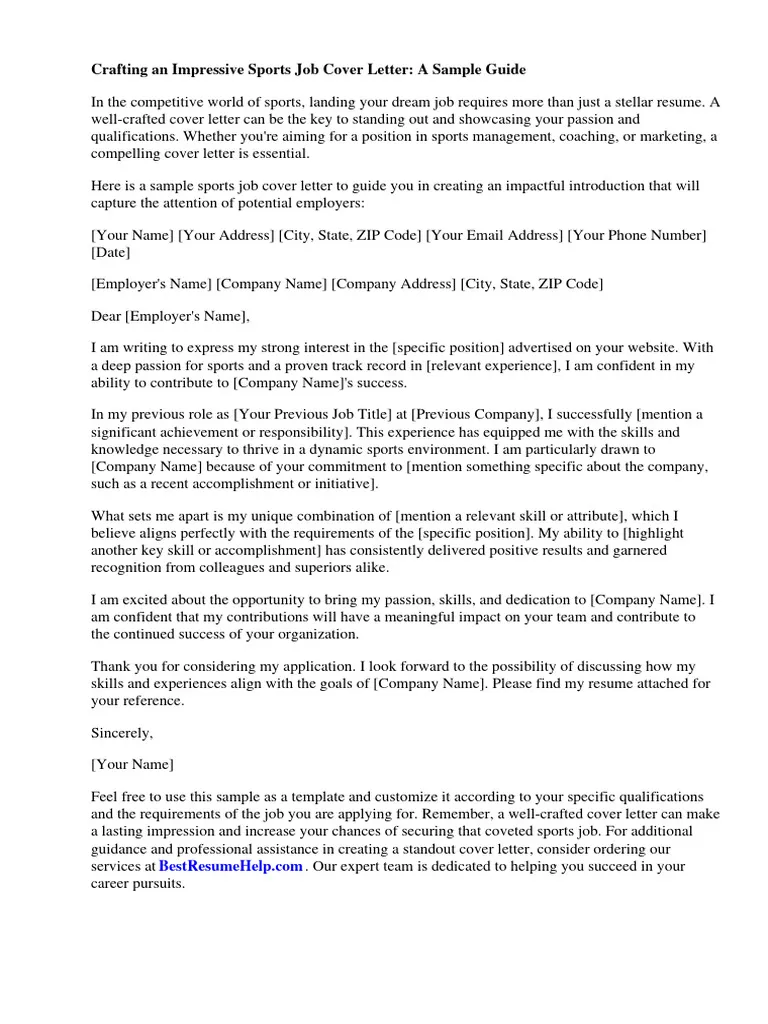The Importance of a Great Sport Management Cover Letter
In the competitive world of sport management, a well-crafted cover letter is your first opportunity to make a lasting impression. It’s more than just a formality; it’s a crucial tool to showcase your unique qualifications and passion for the industry. A compelling cover letter acts as a persuasive introduction, providing context to your resume and highlighting why you’re the ideal candidate. In a field where enthusiasm and dedication are highly valued, your cover letter allows you to demonstrate your personality and drive, setting you apart from other applicants. It’s your chance to tell your story, explain your career aspirations, and express your genuine interest in the specific role and organization. A poorly written cover letter, on the other hand, can quickly lead to your application being overlooked, no matter how impressive your resume may be. Therefore, investing time and effort into creating a standout cover letter is essential for anyone seeking a career in sport management.
What to Include in Your Sport Management Cover Letter
Your Contact Information and Date
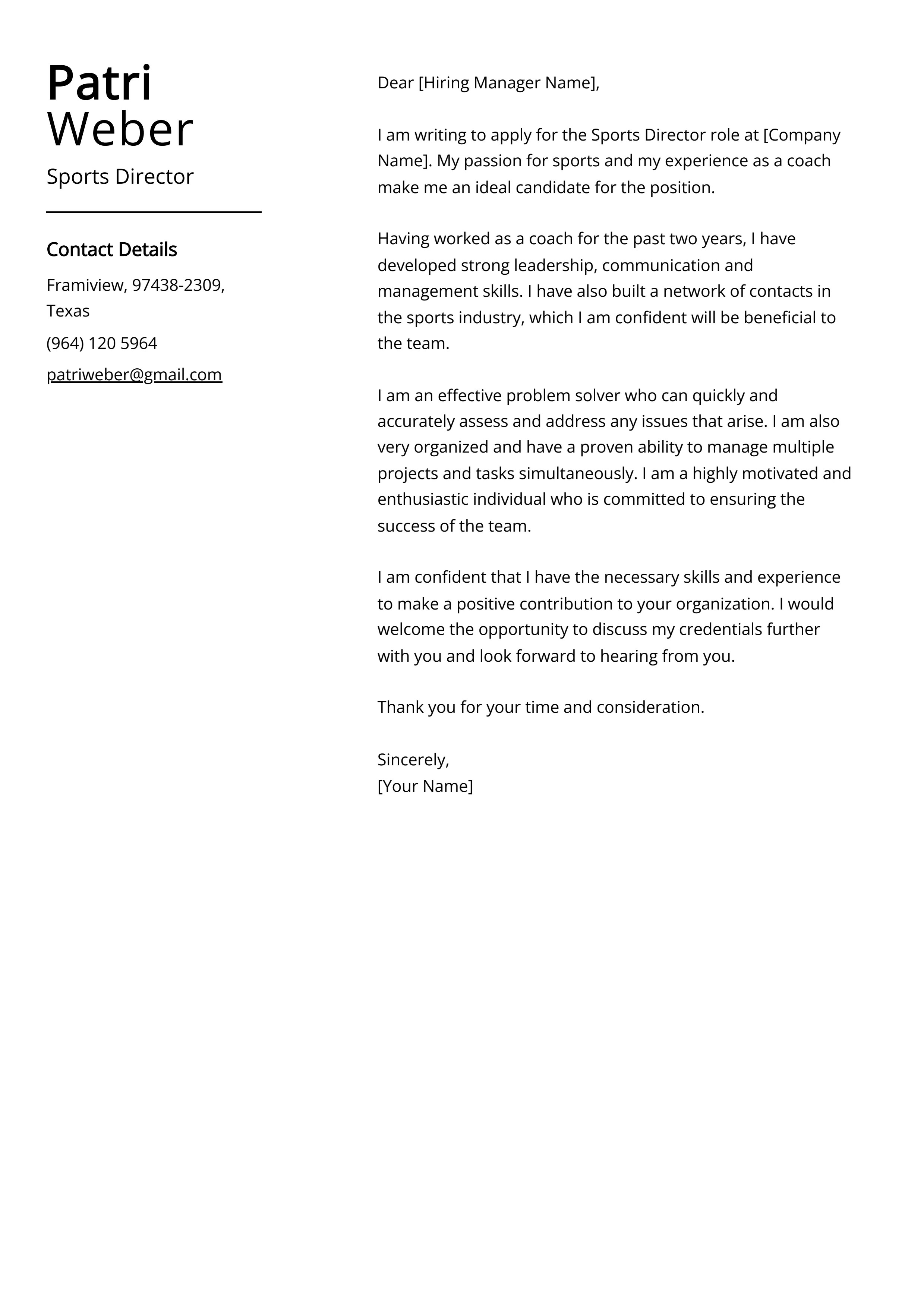
Begin your cover letter with your contact information, ensuring it’s accurate and easily accessible. Include your full name, phone number, professional email address, and optionally, your LinkedIn profile URL. This allows the hiring manager to quickly reach you if they’re interested in your application. Below your contact information, include the date you’re sending the letter. This provides a timestamp for the application and helps with organizational purposes. Ensure the date format is consistent and professional.
The Hiring Manager’s Information
Whenever possible, address your cover letter to a specific person – the hiring manager or the relevant contact person listed in the job posting. Research the company website or LinkedIn to identify the correct individual. This demonstrates that you’ve taken the initiative to learn more about the organization and shows a level of personalization that generic letters lack. If you can’t find a specific name, use a professional title like ‘Hiring Manager’ or ‘Recruiting Team.’ Avoid generic greetings like ‘To Whom It May Concern,’ as these can make your application feel impersonal.
The Salutation
Following the hiring manager’s information, use a professional salutation. ‘Dear Mr./Ms./Mx. [Last Name]’ is the standard. If you’re unsure of the hiring manager’s gender, it’s safe to use their full name or the title ‘Hiring Manager.’ Avoid overly casual greetings. The salutation sets the tone for the entire letter, and a respectful and professional opening is essential for making a positive first impression.
Crafting the Perfect Opening Paragraph
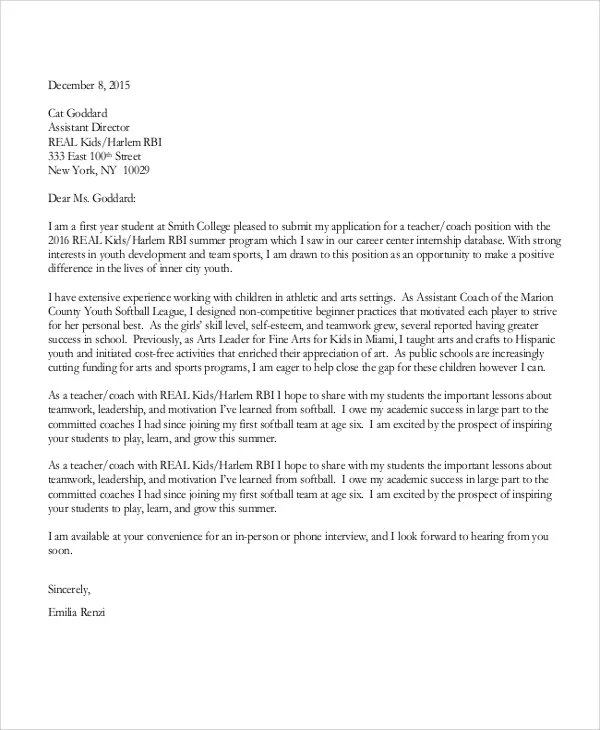
The opening paragraph is your chance to grab the reader’s attention and make a strong first impression. Start with a concise and compelling statement of why you’re writing – clearly state the position you’re applying for and how you found it. Then, immediately highlight one or two key achievements or qualifications that directly align with the job requirements. This demonstrates that you understand the role and are prepared to excel. Your opening should reflect your enthusiasm for the position and the organization, showing the hiring manager why you’re the perfect fit. Avoid generic statements, and instead, show your genuine interest.
Highlighting Your Skills and Experience
The body of your cover letter is where you elaborate on your skills and experience. Focus on the aspects that are most relevant to the job description. Carefully review the job posting and identify the key skills and qualifications the employer is seeking. Provide specific examples of how you have demonstrated these skills in previous roles or experiences. Use the STAR method (Situation, Task, Action, Result) to structure your examples, providing clear and concise narratives that showcase your abilities and achievements. This section is your opportunity to provide details that may not be evident from your resume, making your application more compelling and personalized.
Quantify Your Achievements
Whenever possible, quantify your accomplishments to provide concrete evidence of your impact. Use numbers, percentages, and data to demonstrate your successes. For instance, instead of saying ‘Managed social media,’ say ‘Increased social media engagement by 30% within six months by implementing a new content strategy.’ Quantifying your achievements makes your claims more credible and highlights the tangible results you’ve delivered in previous roles. This helps the hiring manager understand the value you can bring to their organization. Be specific, and provide measurable examples whenever possible.
Use Action Verbs
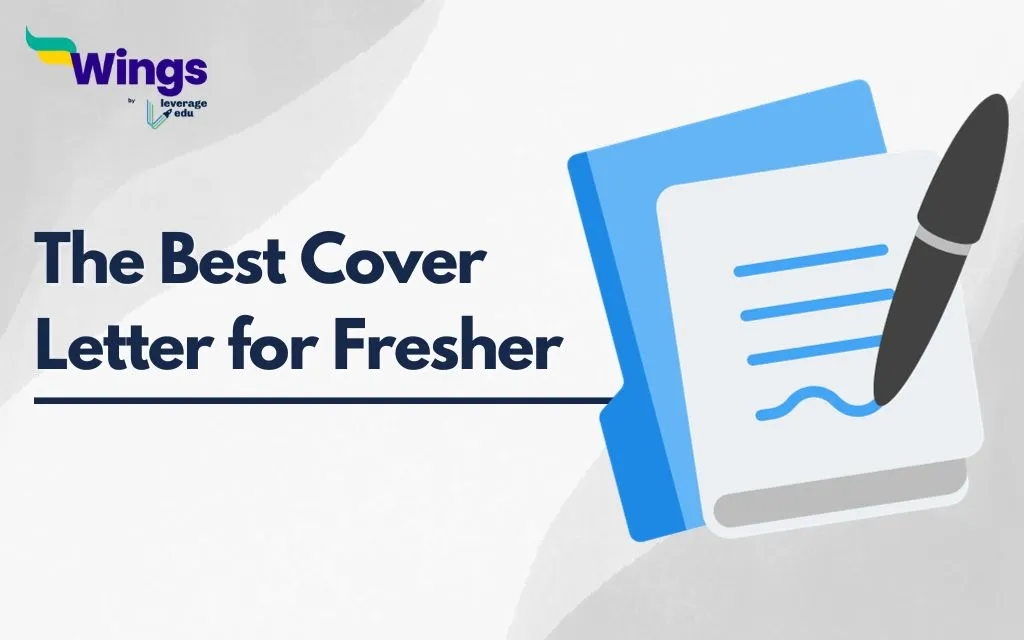
Throughout your cover letter, use strong action verbs to describe your skills and experiences. This will make your writing more dynamic and engaging. Start your sentences with verbs that showcase your accomplishments and abilities. Instead of saying ‘Responsible for event planning,’ use action verbs like ‘Planned,’ ‘Organized,’ ‘Coordinated,’ or ‘Managed’ to provide a more vivid picture of your role. Action verbs make your cover letter more impactful and help the hiring manager visualize your capabilities. Avoid passive voice and use active voice to create a powerful and persuasive cover letter.
Showcase Your Passion for Sport Management
Demonstrate your passion for sport management by showcasing your understanding of the industry and your genuine interest in the role and organization. Mention specific aspects of the company’s work that excite you or discuss your knowledge of current trends and challenges in the sports world. This will convey your enthusiasm and dedication, making you a more appealing candidate. Highlight how your personal interests and experiences align with the company’s values and mission. Showing passion demonstrates that you are not only qualified but also genuinely excited about the opportunity.
Demonstrating Your Knowledge
Research the Organization
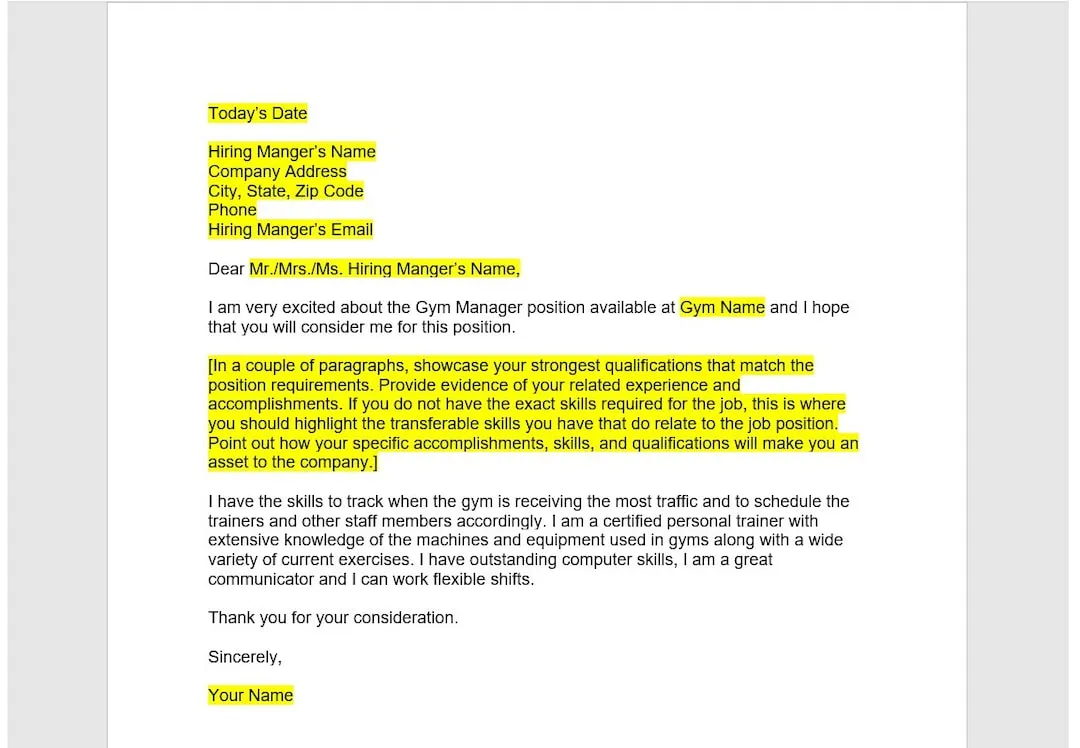
Thoroughly research the organization you’re applying to. Visit their website, read news articles about them, and explore their social media channels to understand their mission, values, and recent activities. Use this information to tailor your cover letter to show that you understand their goals and how your skills align with their needs. Demonstrate that you’ve invested the time to learn about the company and are genuinely interested in being a part of their team. This will make your application more relevant and impressive to the hiring manager.
Tailoring Your Letter
Customize your cover letter for each job application. Avoid using a generic template. Tailor your letter to the specific requirements and keywords mentioned in the job description. Highlight the skills and experiences that are most relevant to the role, and use the same language and terminology that the employer uses. This demonstrates that you have carefully considered the position and are a good fit for the role. Take the time to customize your letter to showcase that you have the skills and attributes they’re looking for.
The Closing Paragraph and Call to Action
Conclude your cover letter with a strong closing paragraph. Reiterate your interest in the position and express your enthusiasm for the opportunity. Include a call to action, such as requesting an interview or indicating your availability for a follow-up conversation. Thank the hiring manager for their time and consideration. Maintain a professional and confident tone, and make it clear that you are eager to learn more about the role and the organization. The call to action should encourage the hiring manager to move forward with your application.
Formatting and Proofreading
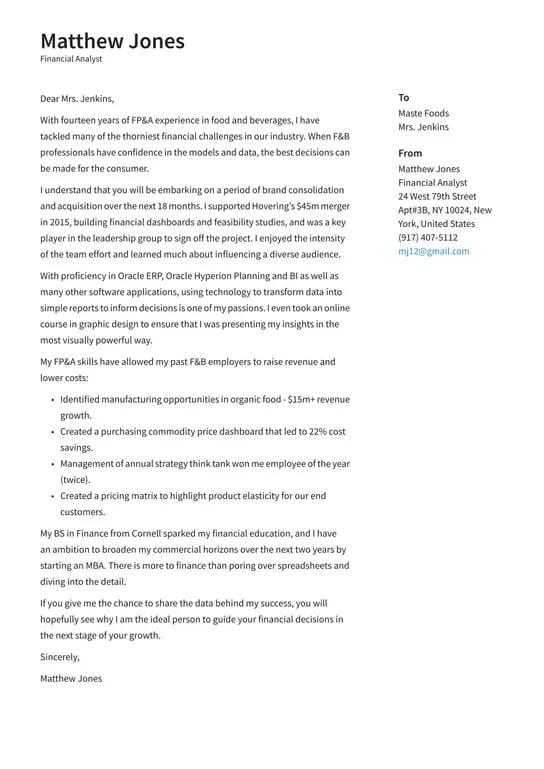
Choosing the Right Font and Style
Choose a professional and readable font, such as Times New Roman, Arial, or Calibri. Use a font size between 10 and 12 points. Maintain consistent formatting throughout your cover letter, including the font, spacing, and margins. Ensure your letter is easy to read and visually appealing. Use clear headings and bullet points where appropriate to break up large blocks of text. Avoid excessive use of bolding, italics, or underlining, as they can distract from the content. Clean and organized formatting will improve your cover letter’s readability and professionalism.
Proofreading for Errors
Proofread your cover letter carefully for any errors in grammar, spelling, and punctuation. Errors can undermine your credibility and give the impression that you’re not detail-oriented. Use a grammar checker and spell checker, but don’t rely on them entirely. Read your cover letter aloud to catch any awkward phrasing or typos. Ask a friend, family member, or career advisor to review your letter for feedback. Ensure your cover letter is free of errors before submitting it.
